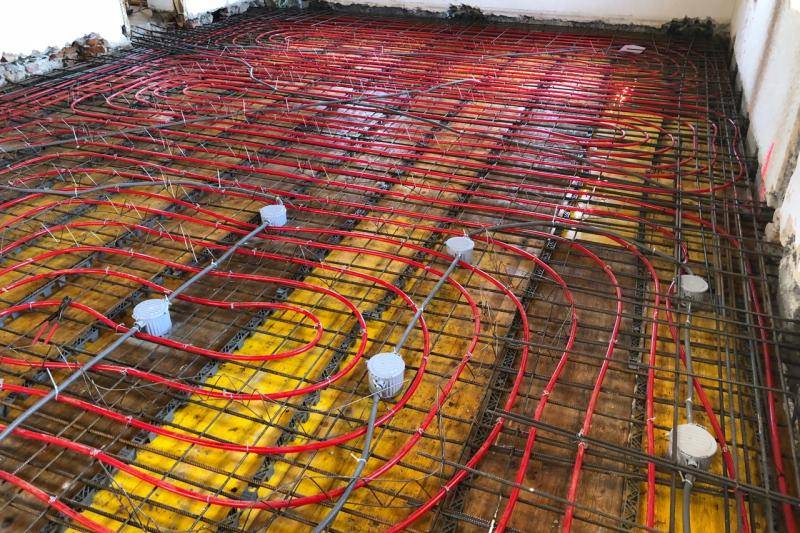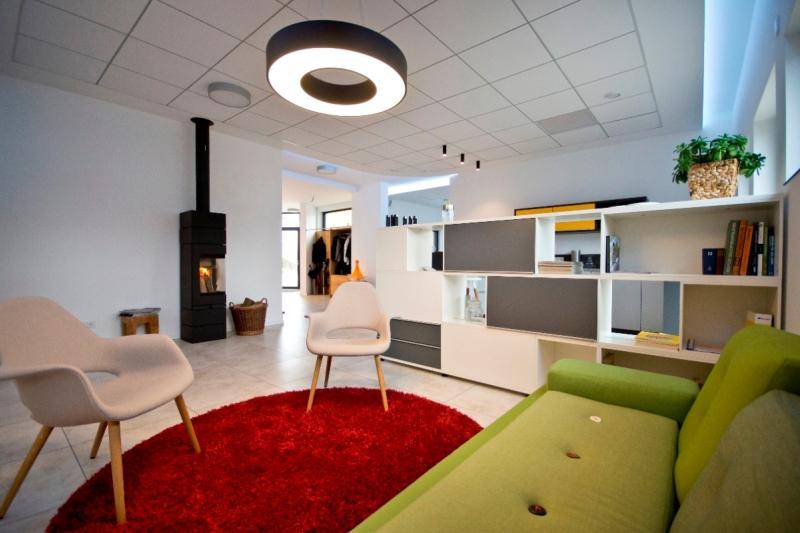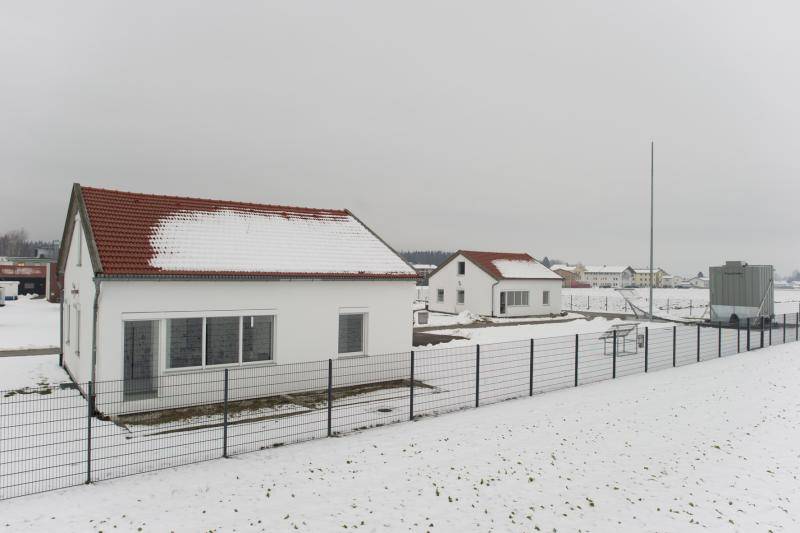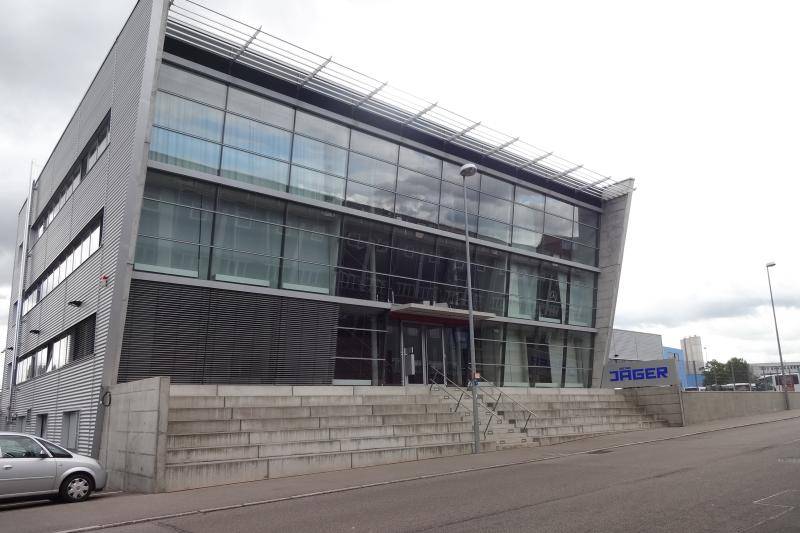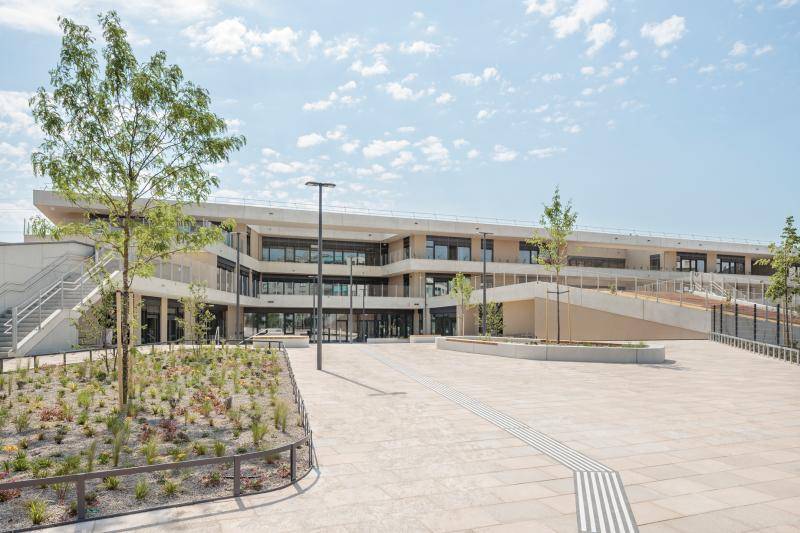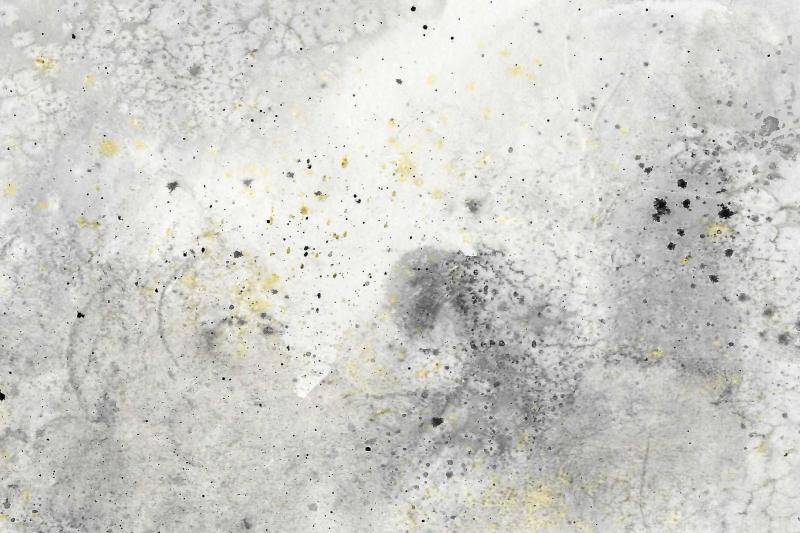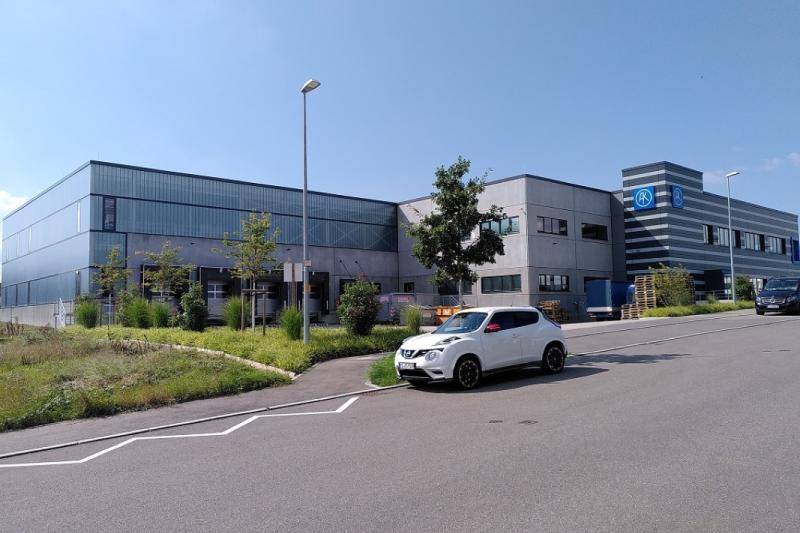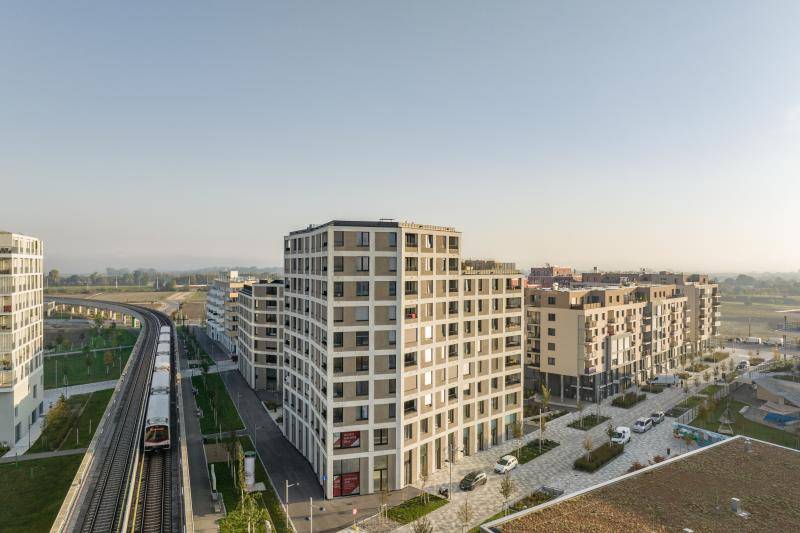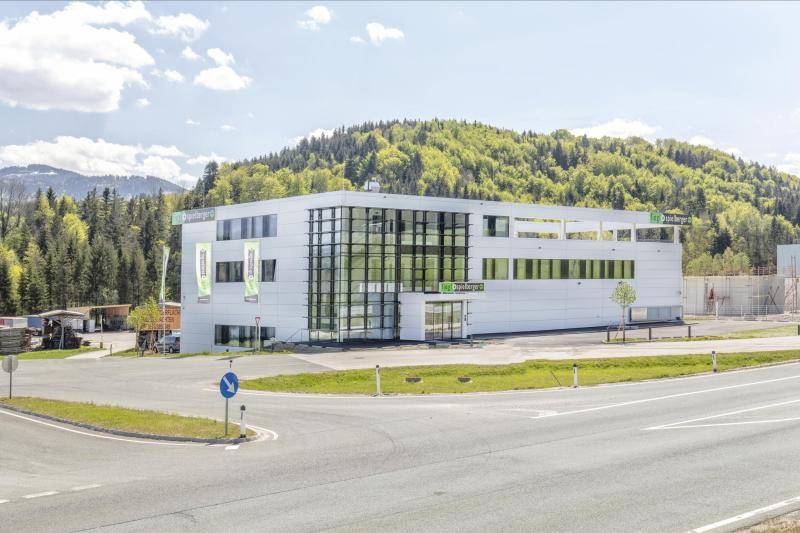Farmhouse Seekirchen
A farmhouse in Seekirchen dating from the early 19th century was extensively renovated. The most spectacular aspect: Instead of the old wooden ceilings, component-activated concrete ceilings were installed. The component activation now ensures comfort and a remarkable heating requirement.
private
275 m²
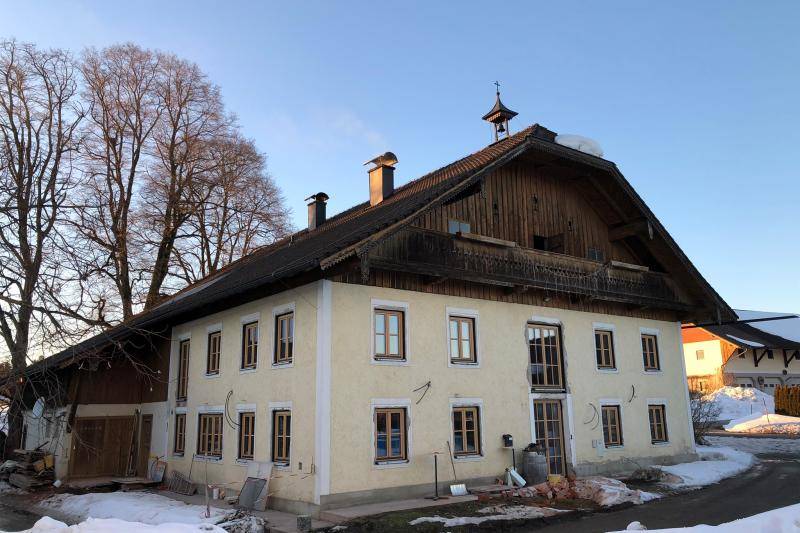
According to the energy certificate, the existing house has an Heating demand of 122.5 kWh/m²a. The client wanted a basic renovation of the farmhouse, which dates back to the early 19th century. All floor slabs were constructed as reinforced concrete slabs with a total concrete thickness of 22 centimeters with integrated building component activation. The exterior walls were built around 1805 using bricks and mortar. In the course of the renovation, a reaction was made to this delicate masonry and a diffusion-open lime-cement plaster with a thickness of 1.5 centimeters was applied in the interior, while in the exterior, five centimeters of insulation was applied on the north side and diffusion-open lime-cement plaster with a thickness of 3.5 centimeters was also used.
The energy supply of the building was separated from the existing courtyard building (unit heating) and is now guaranteed by a brine/water heat pump with 15 kW heating capacity for heating and for hot water preparation. In addition, the system heat storage concrete is used over the summer months by means of a passive cooling module for cooling the building. The ground is used as a heat and cooling source via a flat-plate collector located at a depth of approx. 1.2 meters and covering an area of approx. 800 square meters.
(Text: Kuster, Gisela Gary; Z+B magazine; in shortened form)
